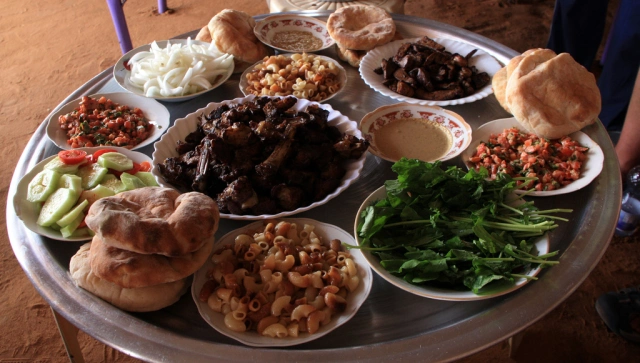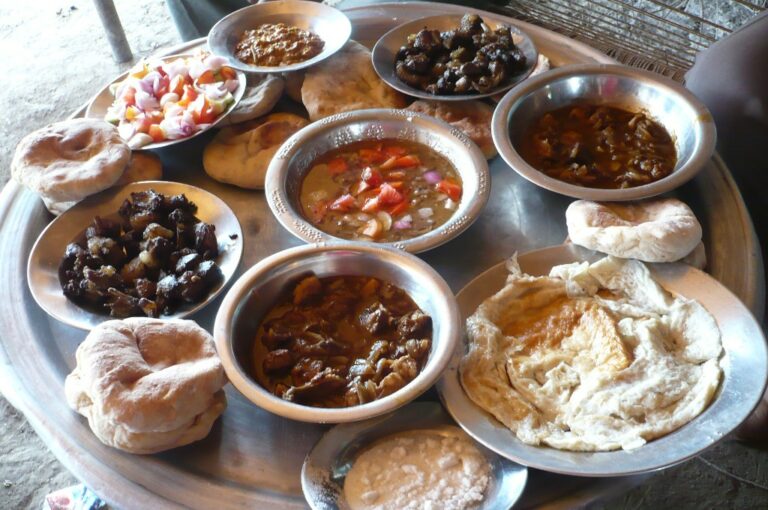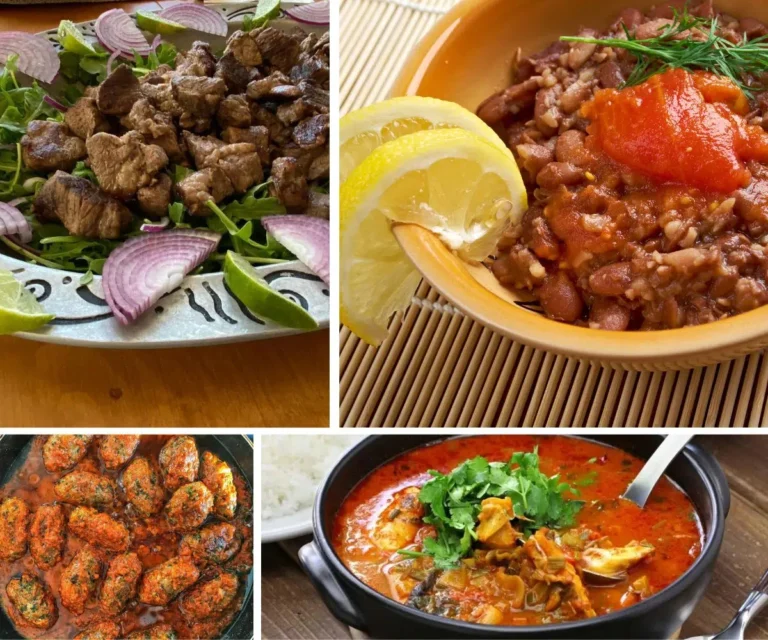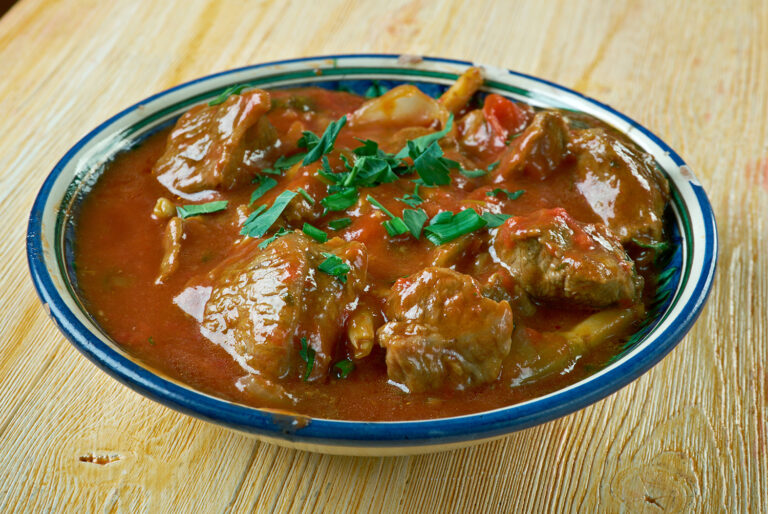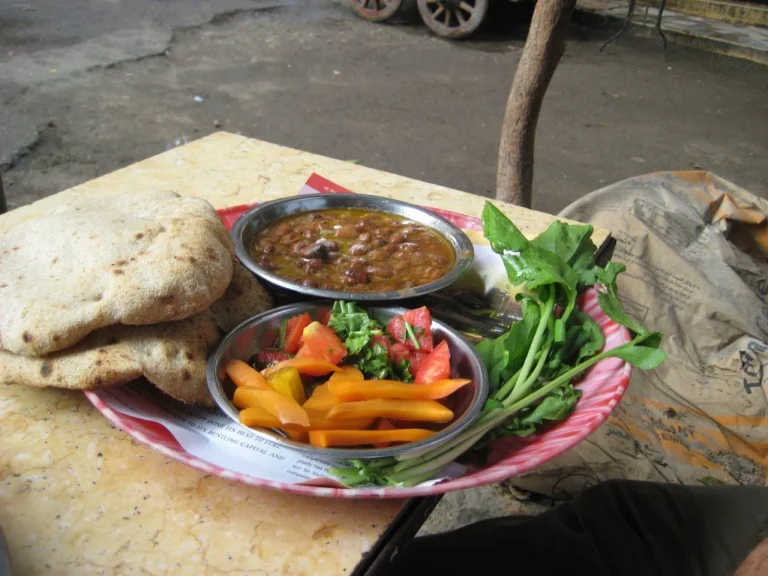Introduction: Exploring Traditional Sudanese Cuisine
Sudanese cuisine is a blend of African, Middle Eastern, and Mediterranean influences, resulting in a unique and delicious culinary experience. The cuisine is characterized by its use of spices, herbs, and aromatics, which give dishes their distinct flavor and aroma. Sudanese cuisine is rich in history and culture, and exploring it is an adventure in itself.
1. Sudanese Cuisine: History and Influences
Sudanese cuisine has been influenced by a variety of cultures over the centuries, including the ancient Egyptians and Nubians, as well as the Ottoman and British empires. These influences are reflected in the flavors and ingredients used in Sudanese dishes. Some of the most common ingredients used in Sudanese cuisine include sorghum, millet, and wheat, which are used to make bread, porridge, and other dishes. Spices such as cumin, coriander, and turmeric are also commonly used, giving dishes their signature flavor.
2. Traditional Sudanese Dishes: A Culinary Journey
Sudanese cuisine is known for its hearty stews, flavorful soups, and savory meats. One of the most popular dishes is ful medames, a savory stew made from fava beans, onions, and tomatoes. Another popular dish is kisra, a type of flatbread made from sorghum and served with a variety of stews and sauces. Other traditional dishes include asida, a type of porridge made from millet or wheat, and shakshuka, a spicy tomato sauce served with eggs.
3. Where to Find Authentic Sudanese Food Experiences
If you’re looking to try traditional Sudanese cuisine, there are a few places you can go to experience it firsthand. Sudanese restaurants are scattered throughout the world, with many located in major cities such as London, New York, and Dubai. Some restaurants specialize in specific dishes, while others offer a wide range of Sudanese cuisine. You can also find Sudanese food at local markets and street vendors, where you can try a variety of snacks and small dishes.
4. Best Sudanese Restaurants: A Guide
If you’re looking for the best Sudanese restaurants, there are a few places to start. In London, try the Blue Nile Cafe, which serves a variety of Sudanese dishes in a cozy atmosphere. In New York, check out the Khartoum Cafe, which offers traditional Sudanese dishes such as ful medames and kisra. In Dubai, try the Sudanese Village Restaurant, which serves a wide range of Sudanese cuisine in a lively atmosphere.
5. Popular Sudanese Street Food: Tasting Adventure
If you’re looking for a more adventurous food experience, try exploring Sudanese street food. In Sudan, street vendors sell a variety of snacks and small dishes, such as ful medames sandwiches, fried dumplings, and grilled meats. In other parts of the world, you can find Sudanese street food at food festivals and markets, where you can try a variety of dishes in one place.
Conclusion: Savoring Sudanese Food and Culture
Exploring traditional Sudanese cuisine is a journey through history and culture, offering a unique culinary experience that is both delicious and educational. Whether you’re trying Sudanese food for the first time or are a seasoned fan, there is always something new and exciting to discover. So why not embark on a culinary adventure and savor the flavors of Sudanese food and culture?

